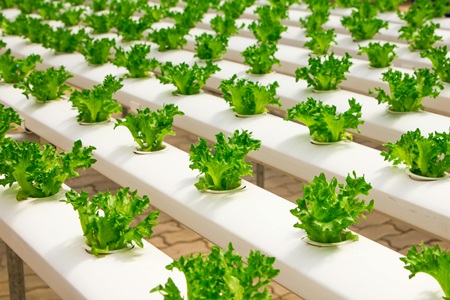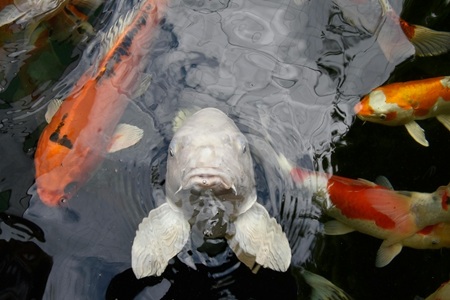With increasing interest in sustainable and efficient food production, both hydroponics and aquaponics have gained popularity as soil-free growing methods. These systems provide alternative ways to cultivate plants with reduced water usage and minimal environmental impact. However, while they share similarities, hydroponics and aquaponics differ in key ways. Below, we compare these two growing methods in terms of their structure, benefits, and challenges.


What is Hydroponics?
Hydroponics is a method of growing plants without soil by using a nutrient-rich water solution. The nutrients are carefully balanced and supplied directly to the plant roots, allowing for optimized growth and faster production. Hydroponic systems can be set up in various forms, including deep water culture (DWC), nutrient film technique (NFT), ebb and flow (flood and drain), and aeroponics.
Pros of Hydroponics
- Precise Nutrient Control: Growers can adjust nutrient concentrations to meet plant needs.
- Faster Growth Rates: Plants often grow 30-50% faster than soil-based cultivation.
- Efficient Water Usage: Hydroponic systems use 90% less water than traditional soil farming.
- Space-Saving: Vertical hydroponic systems maximize limited space, making them ideal for urban environments.
- No Need for Soil: Reduces issues with soilborne pests and diseases.
Cons of Hydroponics
- Requires Monitoring: Nutrient levels and pH must be constantly adjusted and maintained.
- Initial Cost: Setting up a hydroponic system can be expensive.
- Dependent on Electricity: Pumps, aerators, and lights require consistent power.
What is Aquaponics?
Aquaponics combines hydroponics with aquaculture (fish farming) to create a symbiotic ecosystem. In this system, fish waste provides essential nutrients for plants, and in turn, plants help filter and clean the water before it recirculates back to the fish tank. Common aquaponic fish include tilapia, catfish, and goldfish.
Pros of Aquaponics
- Natural Fertilization: Fish waste eliminates the need for synthetic fertilizers.
- Reduced Water Waste: Like hydroponics, aquaponics uses up to 90% less water than soil farming.
- Dual Production: Growers can harvest both plants and fish, creating a more sustainable food system.
- No Chemical Wastewater: Since plants filter the water, aquaponics prevents harmful nutrient runoff.
Cons of Aquaponics
- Complex System: Balancing fish health, bacteria levels, and plant growth requires knowledge and experience.
- Higher Startup Cost: More expensive than hydroponics due to fish tanks, water filtration, and plumbing needs.
- Longer Establishment Time: It takes weeks or months to establish a stable fish and bacteria ecosystem.
Which System is Better?
Both hydroponics and aquaponics offer sustainable ways to grow plants, but the right choice depends on a grower’s goals and resources.
- If you want a simpler, controlled plant-growing system, hydroponics is the better option. It is ideal for commercial growers and urban farmers looking for fast plant production.
- If you want a more sustainable, closed-loop system, aquaponics provides an organic way to produce both plants and fish, though it requires more expertise and time to manage.
Ultimately, hydroponics excels in precision and speed, while aquaponics offers a natural, eco-friendly balance between plant cultivation and fish farming. Whether for home gardening or commercial farming, both methods provide innovative solutions to modern food production challenges.



Comment here